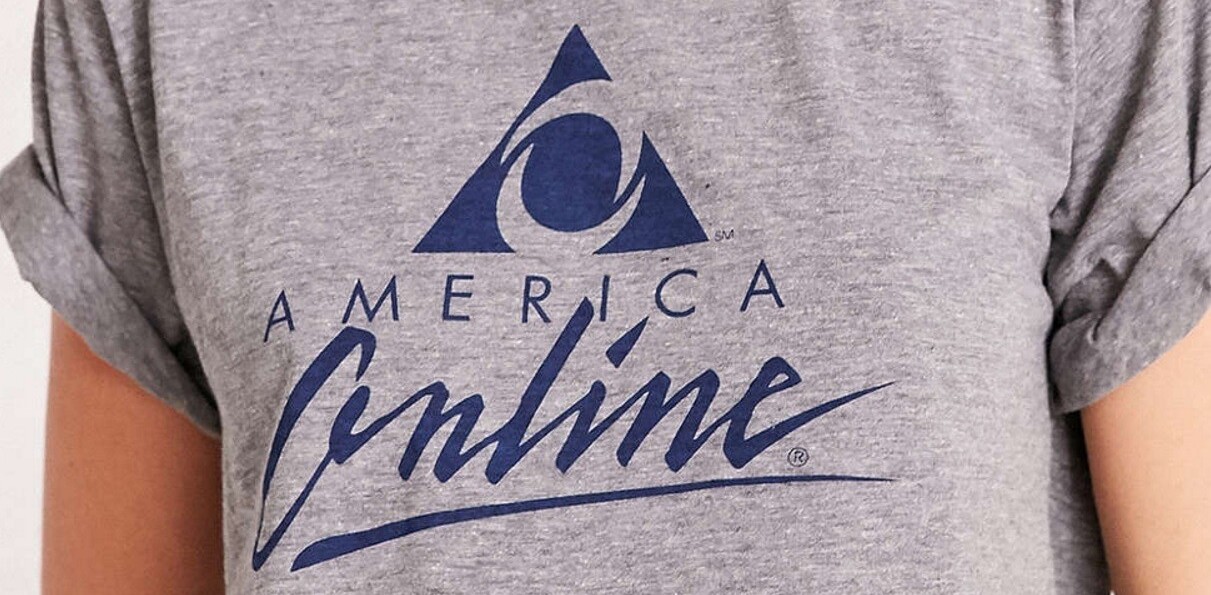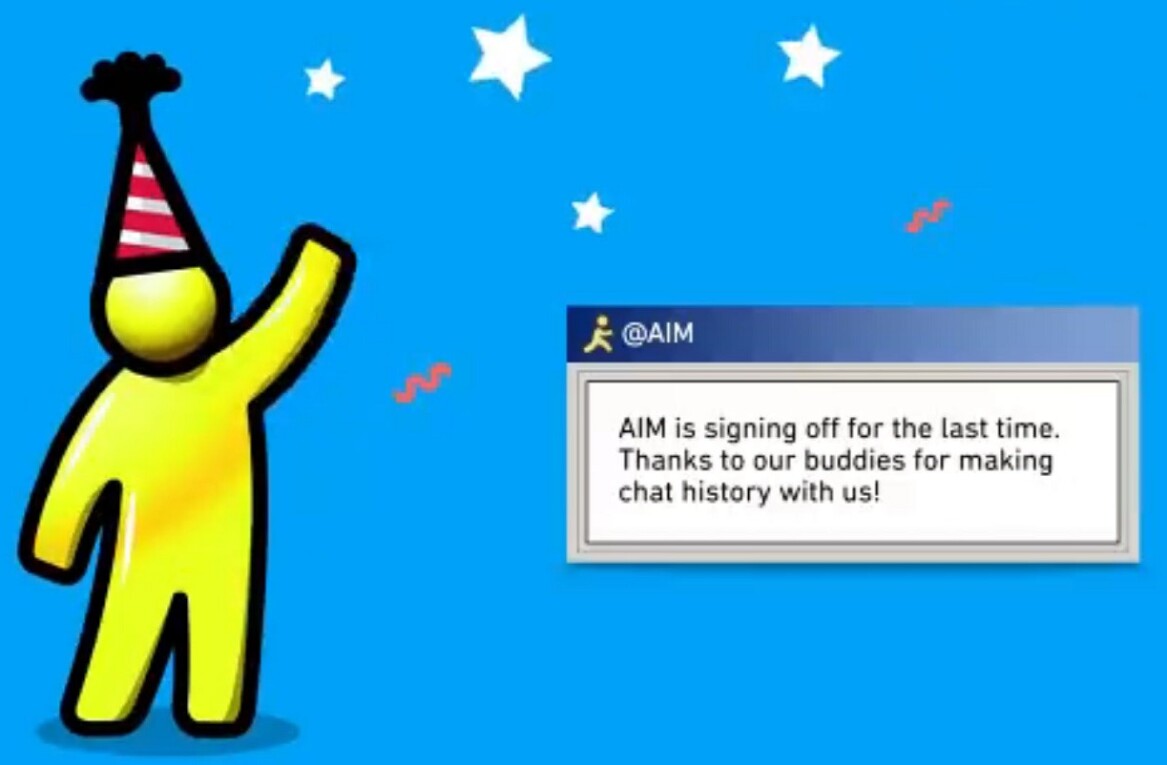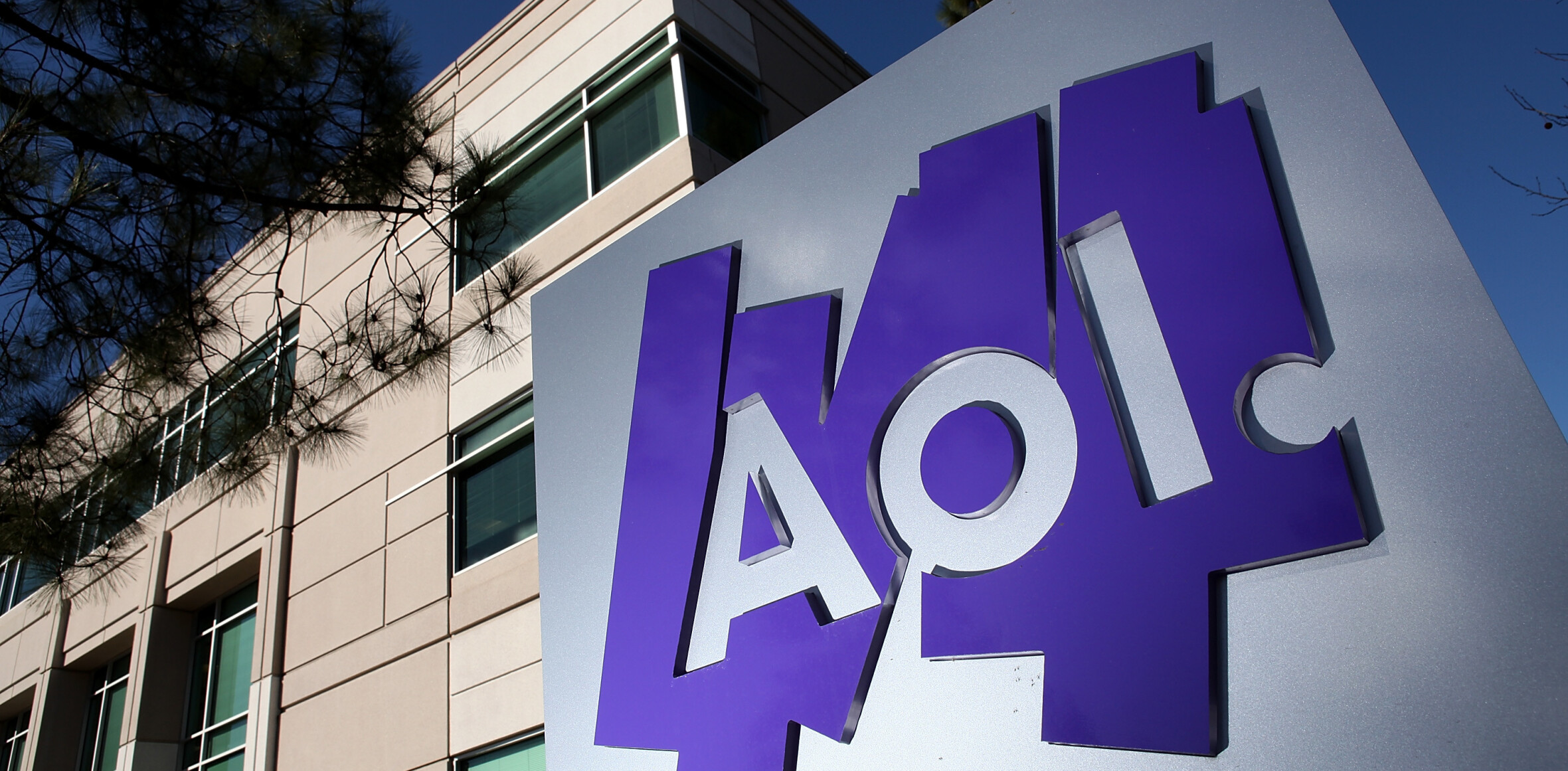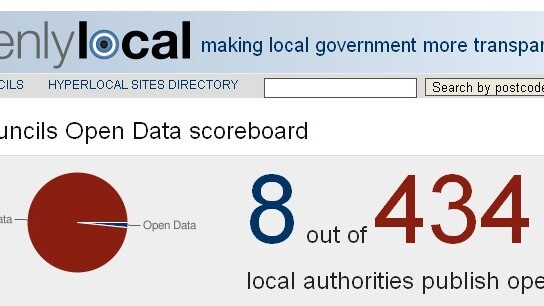
It’s a three story glass and steel building, similar to a dozen others that line Page Mill Road in the heart of Silicon Valley. It could be HP, which is next door or any one of the established offices of world spanning tech companies that make their home here.
When you walk in the doors however, you’re not greeted by a sterile corporate space or a wood paneled entry. Instead, you’re greeted by a space that feels open and modern and somehow a bit informal. Bikes hang on the walls in an alcove, free for the borrowing and walkways lead off into work spaces from the entry. This is the new home of AOL on the west coast.
The offices were obtained in June of last year as a sublet from Google. The purchase was made to give AOL a place to get a fresh start on its flagging mobile and services divisions after a disastrous merger with Time Warner. The spin off of AOL back into its own firm in 2009 left the giant greatly diminished from its former glory and sadly out of touch when it came to the way that people were now using the internet.
A lack of focus
The fresh feel of the offices is no coincidence. It’s the work of studio o+a, the renowned design firm led by Primo Opilla and Verda Alexander whose previous work includes projects for Facebook, Paypal and Dreamhost. It was commissioned to give AOL the feel of ‘the largest startup in Silicon Valley’ says Brad Garlinghouse, AOL’s President of Applications and Commerce.
Garlinghouse, who leads the team at the Palo Alto office, was brought in by AOL from Yahoo in 2009. You may remember Garlinghouse for the Peanut Butter Manifesto, an internal Yahoo memo which was leaked to the press. In it, he criticized Yahoo for a lack of focus on individual products, saying that they were being spread too thin, like peanut butter. He stated in the memo, “I hate peanut butter. We all should.”
If there’s another company in the tech world that could relate to being spread too thin across too many products, it is AOL. AOL’s history is full of triumphs and failures, many of which are fresh in the minds of the company. This is illustrated in a mural drawn by employees of the Palo Alto offices on the white board in the main hallway. Amongst the designs you can make out an airliner, dropping discs from a cargo bay, with the phrase ‘No more CD carpet bombing!’ scrawled next to it. Bringing in an executive with a drive to create focus would enable it to shed the crusts of what didn’t work and focus on what will for the future.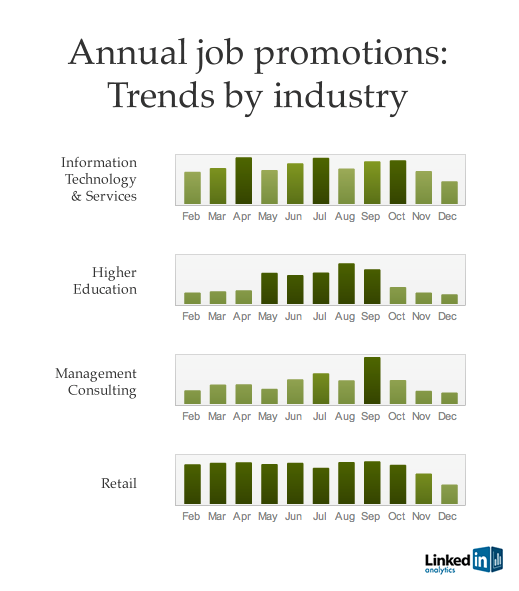
To this end, the Applications and Commerce division started making changes and were rewarded with positive results from some major early decisions. They removed 60% of the ads from their mail product and their revenue from those ads went up 30%, they re-designed AOL’s mobile homepage and traffic went up 100%. The Patch product now produces 1,000 pieces of localized news and content an hour.
A fresh startup
When I spoke to Kelly Mayes from AOL’s Corporate Communications during a recent visit I asked her about the startups which occupy much of AOL’s first floor. She says that AOL plans to lease most of the building to other companies or startups, occupying the top floor itself. Some tenants, including SSE Labs, the Stanford student startup accelerator, are already in the building.
Mayes says that they plan on leasing most of the space for a greatly reduced amount of rent. This will provide the tennants with space to work in a gorgeous new building and it will provide AOL with the energetic, youthful atmosphere of a venture starting out fresh.
One of the startups housed in the building is 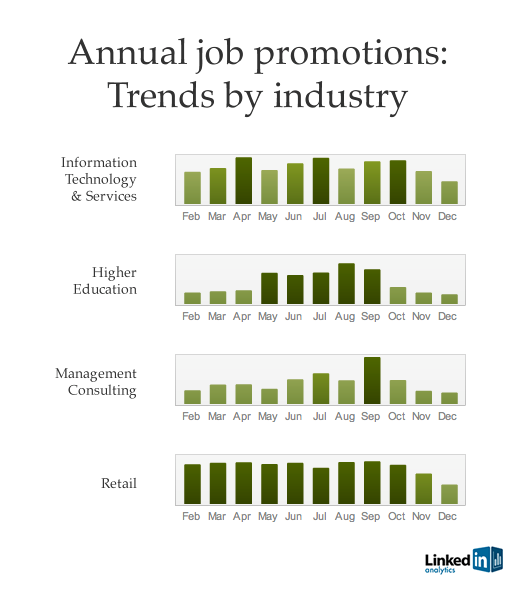
The upper floor, where AOL is housed, is home to a rec room with beer on tap, ping-pong tables and lounging space. When I was leaving the building at 7pm there were still games going and code being written, all powered by the youthful vigor that AOL hopes to tap to help them rebuild its online presence and reputation.
Wine and roses
That reputation has taken a pounding in recent months with criticism over the acquisition of high dollar properties like the Huffington Post and the leak of the ‘AOL Way‘, a roadmap for online content compiled by AOL’s CEO Tim Armstrong. The document shot waves of indignation through the ranks of many writers in the industry with the way it handled blogging as a volume-based exercise that emphasized, not an article’s quality, but its ability to drive traffic independent of AOL’s home pages. This, coupled with the implication that editorial choices should be based not on the validity of the story but on its ability to drive traffic, made AOL blogger enemy number one almost overnight.
Speculation has run rampant in the community that the AOL Way is behind the recent exodus of many journalists from AOL properties. This is almost assuredly the case with Engadget which has famously lost much of it’s prominent editorial staff including Editor in Chief Joshua Topolsky and Associate Editor Paul Miller. Miller referenced the AOL Way specifically in his parting note stating “AOL sees content as a commodity it can sell ads against. That might make good business sense (though I doubt it), but it doesn’t promote good journalism or even good entertainment.”
Even outside of the publishing division AOL’s business hasn’t exactly been wine and roses for the past several years. The revelation by earnings numbers in January that 43% of their revenue still comes from subscriptions to services, the majority of which people may soon realize they don’t need just to read their mail, has led many to predict another year of poor profits for the company.
Where to now?
While the choices of the company as a whole will no doubt be borne out as good for business or yet another misstep by the bottom line, the Palo Alto offices are doing things a bit differently. The new beautifully designed working space, the presence of the startups and an investment by the management in paying attention to and polishing each aspect of AOL’s online empire. Those things set the tone here, not the troubles of waning subscriptions or Tim Armstrong’s publishing policies.

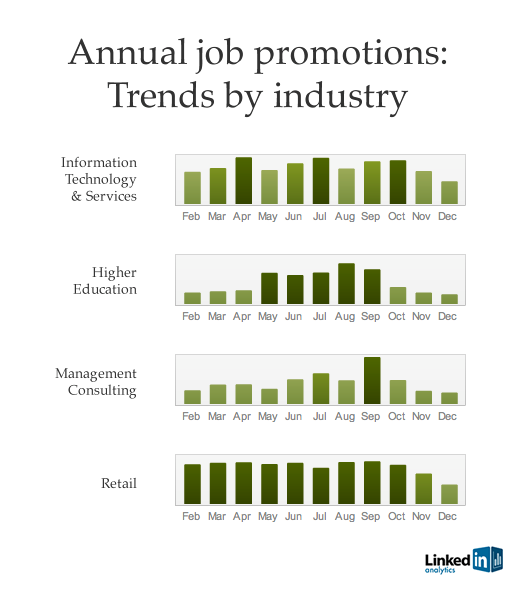
As mentioned above, the homepage of AOL recently got a revamp. In addition, most of the other properties have been getting them as well. The Moviefone website has been fully redesigned, the registration and login pages across AOL have also been stripped down and reincarnated as simpler and more modern versions of themselves. The revamp of web services across AOL’s properties has paid major dividends already.
Next: Mail, Mobile and the future of AOL
(On mobile? Click here for page 2)
But what about Mail, the other core service of AOL? I spoke with Bill Wetherell and Fletcher Jones of the AOL mail team a bit about the new prototype client sill in Alpha testing stages. Dubbed Project Phoenix, the mail client is a rethinking of email through the lens of how we communicate now versus before the Twitter revolution.
In addition to a refreshed design the new client features a Quickbar that allows people to generate an email, text message, Tweet, Facebook status update or chat conversation in seconds without visiting other sites. It also provides a unified login for multiple email addresses, allowing you to have one unified inbox, similar to the way that most phones handle email accounts now.
This also means that people who are loath to have an ‘old-fashioned’ @aol email address can use any current address that they have, although Brad Garlinghouse says that he hopes to remove the stigma from the AOL name and make it cool enough for people to desire again.
Photographs and attachments scattered throughout the inbox are unified in a Smartview bar along the side where ads would normally be displayed, looking much like an iPhone photo album. The mobile influence doesn’t stop there though as the next, unreleased and top-secret, version of the Phoenix client owes even more of it’s design to the way that the internet-using public has taken to mobile devices like tablets. The new version of Phoenix is a radical departure for AOL and a good sign that the team is examining how people experience the internet and adapting their designs to their behavior.
Mobile
The mobile team at the Palo Alto offices, headed by VP David Temkin, has been busy as well, redesigning the home page of every AOL property including Engadget and Moviefone as well as a forthcoming Techcrunch app. AOL just released Play, an Android music sharing app Temkin refers to as ‘Instagram for Music’ that has seen over 300,000 downloads so far. In addition, core properties like Moviefone and AIM got redesigned native apps for iOS. The iPad version of the Moviefone app is especially impressive and one of the better looking movie apps on the App Store. A pro tip for you: Tap on the Moviefone logo for an easter egg from one of the employees in the office.
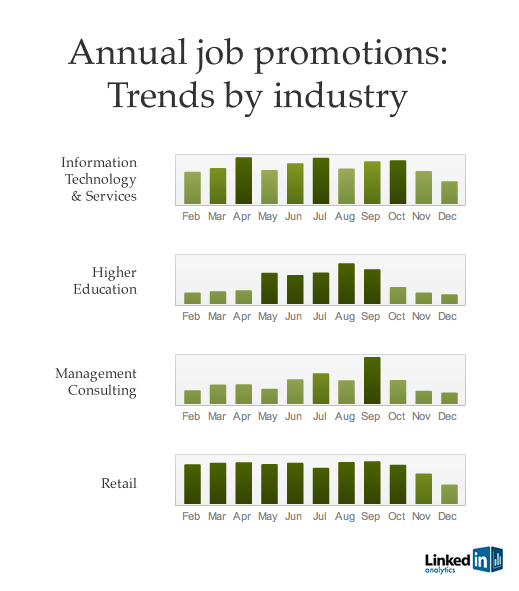
The Moviefone app isn’t the only AOL app getting press for the iPad though. The unreleased Editions app is an automatically curated magazine designed to learn from your reading habits to deliver you customized content. As a departure from apps like Flipboard, Editions is instead designed to pull content from the entire web once a day and publish it in a traditional magazine format. Articles from AOL’s properties are delivered whole and articles from other sources may be presented with a ‘read more’ link if they don’t deliver full content in their feeds.
The app’s design is really solid, far better looking than most magazine apps out there on the market, with a real attention to layout and use of images. It evokes the feel of TIME circa 1960’s with a focus on good use of layout space and typography. Temkin says that AOL hopes to have Editions out there on the App Store for your morning reading over coffee this summer, “and I don’t mean September 20th,” he joked.
About.me
One of the acquisitions of AOL that not many people are criticizing is the online profile tool About.me. Co-founded by Tony Conrad of True Ventures, About.me was acquired by AOL within 4 days of its launch and now serves over 1 million profiles. About.me just added support for Klout data to its profile analytics package and Conrad says that it has the potential to become a household name.
About.me started as an idea for a place online to refer all of the people that asked Conrad for information about himself. Not too personal, not too private, just the right amount of information and links to all of the services and sites that you would want someone to see.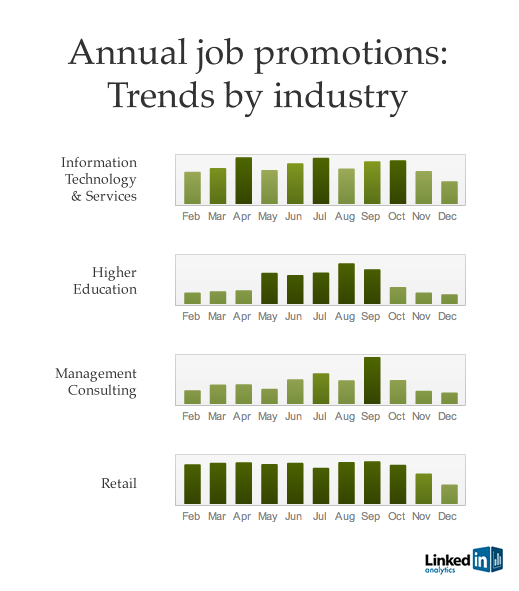
The birth of About.me is a story in and of itself. Conrad says that he placed 13 calls to Montenegro in the wee hours of California’s morning to secure the About.me domain name. Montenegro is apparently very cautious with what they consider to be ‘power names’ and reserves the right to make sure they end up in the right hands. Conrad managed to convince them of his intentions with About.me and the benefits for Montenegro and ended up with the definition of a ‘category killer‘.
About.me famously offered the ability for people to visit the site pre-launch to ‘reserve’ their names. Conrad credited this strategy to a conversation he had with Techcrunch founder Michael Arrington. Arrington had cornered Conrad, badgering him for details about the rumored About.me project. When Conrad confirmed the upcoming service Arrington immediately proffered the idea of pre-registration, insisting that it would create a virtual land grab and generate tons of publicity for the site. He was right.
Conrad says that it’s incredible to see the various ways that people are using About.me, registering the names of new or even un-born children to ensure that family members have a place to go to see all of the information about the new addition. In some cases their About.me profiles are even linked to Twitter feeds of the newborns.
Currently About.me is showing growth faster than LinkedIn, Facebook or Twitter did at this stage of their growth, although Conrad points out that, to be fair, About.me does have those sites around to help drive that growth. That’s not the only help it’s going to get though as plans for integration with the new Phoenix client will give the 10’s of millions of registered users of AOL’s mail system access to About.me.
Roadmap
Acquisition and restructuring aren’t the only areas that AOLis focusing on in their new efforts either. They’re also trying out new services like the login-free, browser based, chat client AV. It’s a lightweight product, requires no registration and works quickly and cleanly. It’s everything AOL’s web products have not been for the past 10 years. This kind of product is what AOL needs now. It needs to show that it can innovate outside of it’s traditional infrastructure.
Like an old boxer trying to get back in the ring, power will not be enough. AOL needs to practice its footwork if it hopes to stage a true comeback and not just staunch the bleeding but regain some of it’s former glory. Like any startup it has talent and fresh ideas, now it needs to deliver.
Get the TNW newsletter
Get the most important tech news in your inbox each week.

